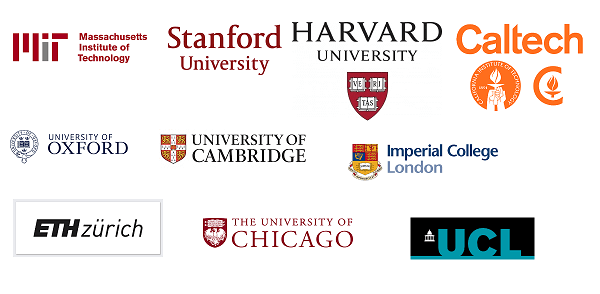International Rankings of USA Universities: A Detailed Analysis
University rankings have become an integral part of the higher education landscape, providing comparative insights into the performance of institutions across various metrics. Especially with rising global competition, international rankings hold significant sway in building the reputation and prestige of universities in the United States and worldwide.
International ranking systems aim to provide a more comprehensive, multi-dimensional evaluation of universities compared to national rankings. Factors like research output, teaching quality, graduate employability, and international outlook are common areas of focus.
Key Global Rankings and Methodologies
Three of the most prominent global university ranking systems are the QS World University Rankings, Times Higher Education World University Rankings, and the Academic Ranking of World Universities (ARWU) published by Shanghai Ranking Consultancy.
The QS ranking incorporates metrics like academic reputation, employer reputation, faculty-student ratios, citations per faculty, and internationalization. THE rankings analyze teaching environment, research volume/impact, industry income, and international outlook. ARWU uses factors like alumni and staff winning Nobel Prizes, highly cited researchers, papers in top journals, and per capita academic performance.
How U.S. Universities Perform in Global Rankings
U.S. universities dominate the upper echelons of all major global ranking systems. In the 2023 QS rankings, 16 out of the top 20 universities worldwide are American. U.S. institutions hold 8 of the top 10 spots in the 2022 THE rankings and 14 of the top 20 spots in the 2022 ARWU ranking.
Certain U.S. universities consistently rank at the apex across systems, including Harvard, MIT, Stanford, UC Berkeley, Yale, Princeton, Caltech, Columbia, UCLA, and the University of Chicago. Their leadership is driven by high research output, renown among academics and employers, and international student diversity.

Trends Among Leading U.S. Universities
Some notable trends emerge when analyzing leading U.S. universities in global rankings:
- Private universities dominate, with public universities like UC Berkeley and UCLA being the main exceptions.
- Universities with medical schools and engineering/technology focuses fare well.
- Many top universities are larger, comprehensive research institutions.
- Geographic representation is imbalanced, with many top universities located in coastal states or the Northeast.
- Ivy League and other elite schools have built commanding leads.
Challenges and Criticisms of Global Rankings
Despite their popularity, global ranking systems have received some criticisms:
- Rankings depend heavily on subjective reputation surveys.
- They use limited factors that can’t capture overall institutional quality.
- Weights assigned to factors are arbitrary and affect rankings significantly.
- They reinforce imbalances by favoring elite established universities.
- Year-to-year ranking fluctuations can be misleading.
While comparing institutions has value, global rankings should be viewed as just one component in evaluating university performance and reputation.
Looking Ahead: Strengthening U.S. Standing
American universities are well positioned in global rankings, but face growing competition from Asian universities. Maintaining research funding, attracting international students/faculty, and expanding ties with industry and government will bolster U.S. standings.
Rankings also face pressure to become more inclusive and incorporate factors like social mobility, affordability, and diversity. This provides opportunities for a wider range of American institutions to demonstrate their education quality and global relevance.
